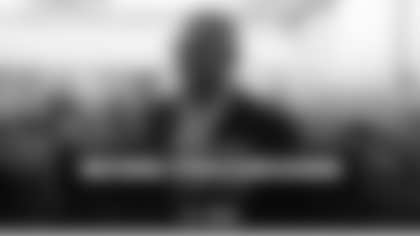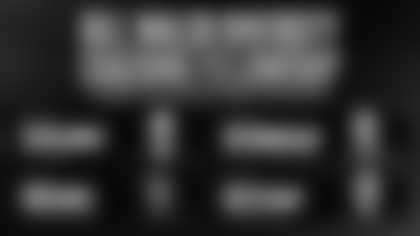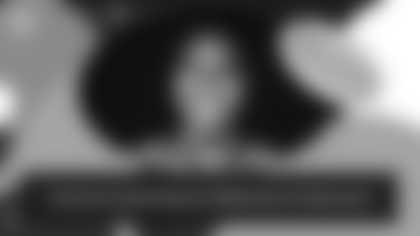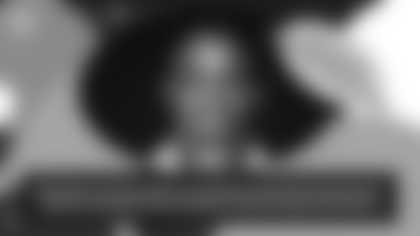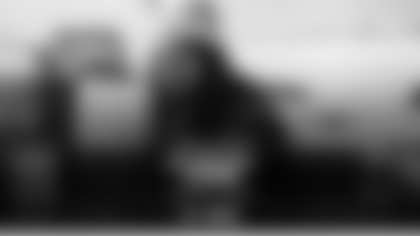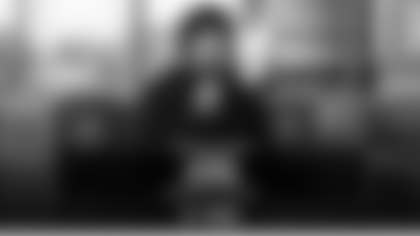The timing lined up perfectly for Charles R. Drew University of Medicine and Science students Kadarius Burgess and Felipe Ocampo.
As they entered their fourth year, the NFL launched its Diversity in Sports Medicine Pipeline Initiative. They both applied for the program, and eventually landed with the Rams, where they each completed separate four-week rotations with Los Angeles' medical and athletic training staffs earlier this fall.
"It's something we couldn't really miss if it presented itself," Ocampo said. "That's one of reasons I applied, and I don't know if I ever would have gotten experience like this otherwise."
Campo and Burgess got a hands-on look at what it's like to treat professional athletes and regular patients, with their schedules consisting of 3-4 days of clinic work, followed going into the operating room on Fridays with Dr. Christos Photopoulos, one of the Rams' team physicians.
"It was a mix of like going to clinic, seeing real-world patients, and then clinic at the Rams' facility as well," Burgess said. "So it was a good mix of things, seeing how the difference of care is from like NFL and like how they treat people, and the non-NFL players too. So it was good."
It wasn't just the team physicians they got to know, either. The Rams made sure both students got to see the way other sports medicine staff worked – so not only the roles of the team physicians, but also the sports psychologist, the physical therapist, the athletic trainer and the dietician as well. Burgess and Ocampo got to interview several people and learn about their roles and how they interact with not only the players, but also the team physicians, as well as their career paths.
Each also got to go to a Rams game to observe how the Rams medical and athletic training staff treats players in that environment in real time – for Burgess, that was the Falcons game; for Ocampo, the Cowboys game.
"I realized how, not only with the games, but also, as far this experience, close the athletic trainers are, and kind of like the first line, as far as taking care of the players," Ocampo said. "So they're like the first one to see the players. Like Reggie, they tell him that they're hurting first, and that they have like a knee pain, and then Reggie and the players together will go and see and talk to the team physicians. So I realized that it's not the team physicians who are like their first – I mean, I guess it really depends, but for the most part, the athletic trainers are the first line. That's something I didn't know before. I thought maybe like the team physicians were always the one to kind of rush and see what was going on with players. But it's not always the case."
For Burgess, it was his first time going to an NFL game, which was "pretty cool." He likewise was amazed by the pace of that process as he witnessed it.
"It was also pretty eye-opening, seeing how fast-paced it is," Burgess said. "Like, watching it on TV, one thing you didn't realize is how long things take. You probably think it takes longer, but being on the field and actually seeing it work, everything moves very fast. And it kind of makes sense, because you're trying to make sure these players are ready and able to stay in the game, prepare for something that's basically their job, so it's pretty cool to see that."
Both Burgess and Campo appreciated the networking value created by the program and look forward to capitalizing on it to help advance their own aspirations. They also appreciated what seeing that representation means for their careers.
"Mentorship is important," Campo said. "I think when people see someone getting to work with NFL athletes, for them, it's motivational to want to pursue careers like that. I think not only from my experience, but being able to show people, especially those underrepresented in this field, that they can do that and do these kinds of cool things, that's a big reason why this program was really cool."



